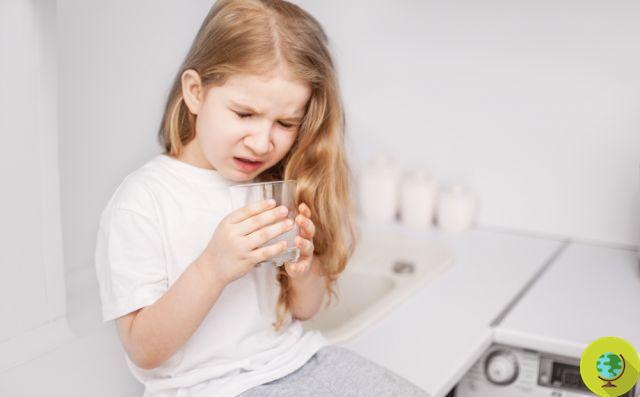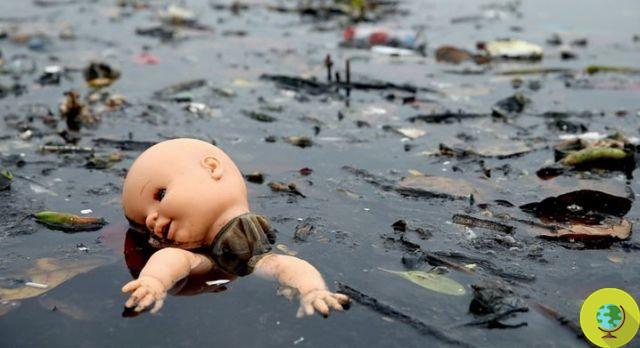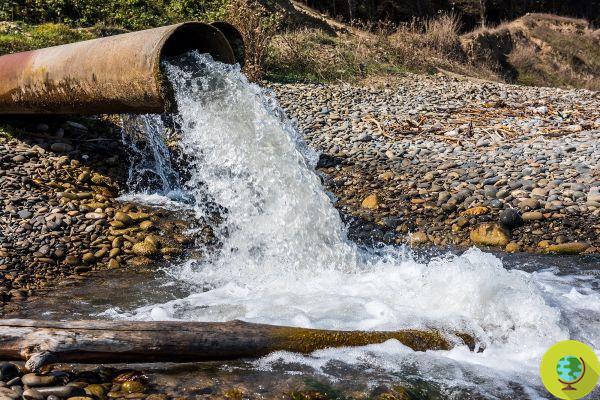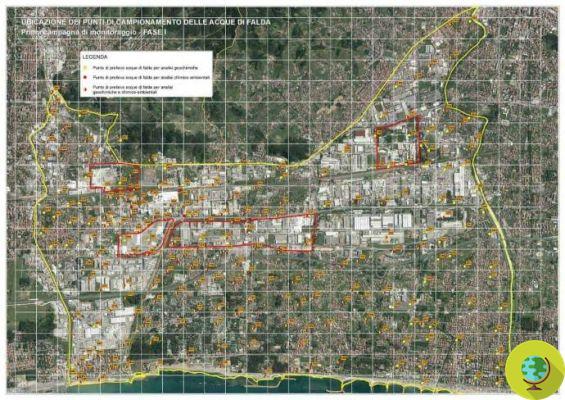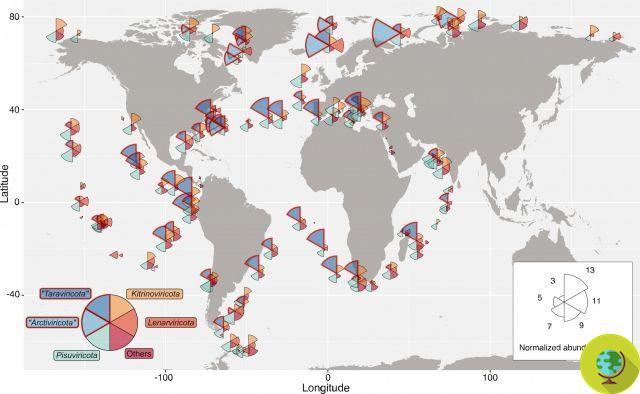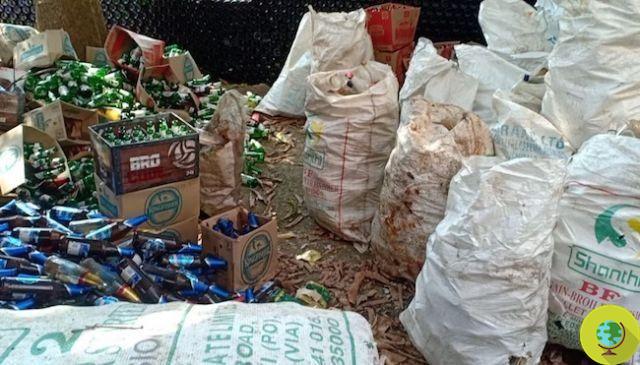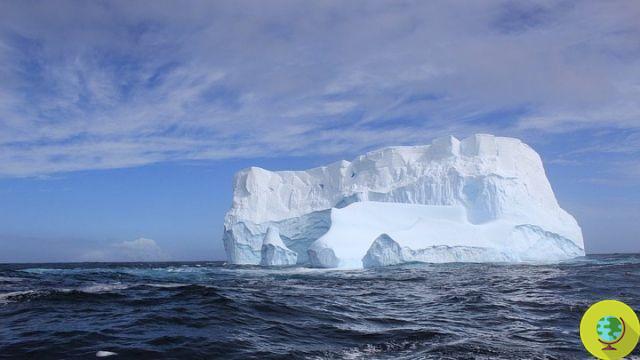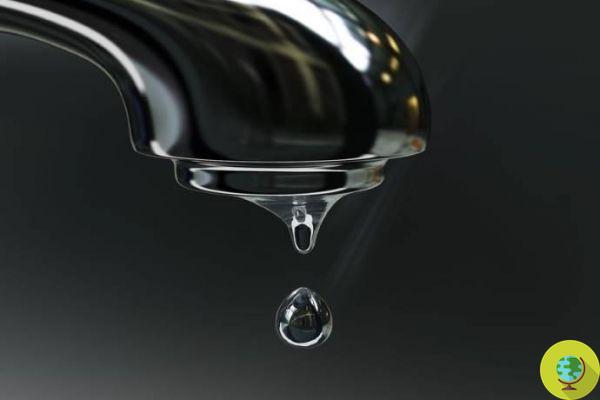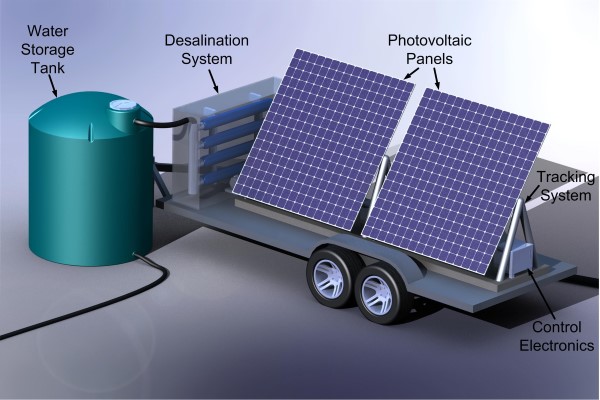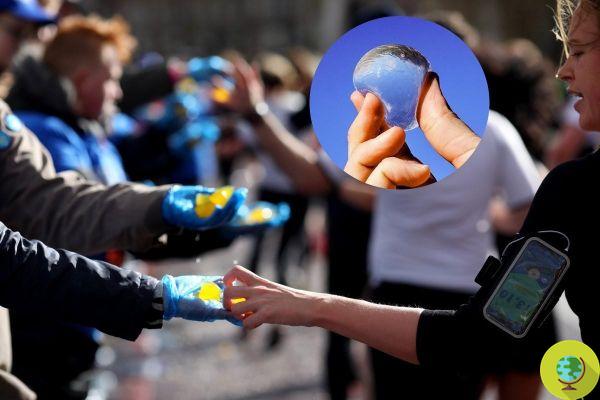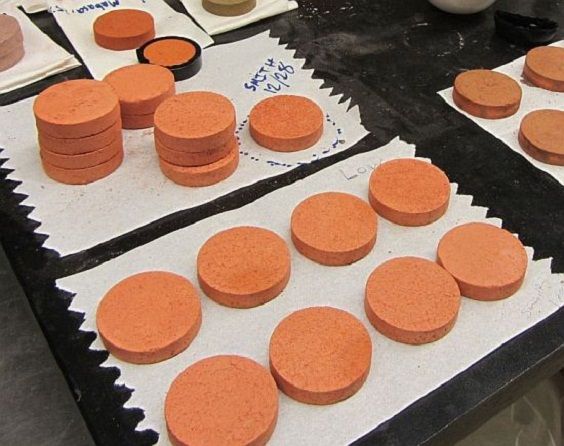Analgesics, antibiotics, anti-platelet agents, hormones, psychotropic drugs, antihistamines. Rivers around the world are polluted with drugs that are harmful to the environment and wildlife. This is revealed by a new study that addresses the problem of pollution produced by the food chain.
He is about to end up run over, his mother saves himAnalgesics, antibiotics, anti-platelet agents, hormones, psychotropic drugs, antihistamines. Rivers around the world are polluted with drugs that are harmful to the environment and wildlife. This is revealed by a new study that addresses the problem of pollution produced by the food chain.
They end up in the water after being evacuated by humans and end up altering rivers and behaviors in fish and amphibians. A study claims that as many as 69 pharmaceutical compounds are found undisturbed in aquatic ecosystems due to poor wastewater purification.
"A multitude of biologically active pharmaceuticals contaminate surface waters globally, yet their presence in aquatic food webs remains largely unknown," the researchers write.
Emma Rosi, an aquatic ecologist at the Cary Institute of Ecosystem Studies and co-author on the paper, explains:
“Animals swim in a blend of pharmaceuticals. Our study is the first to show that this chronic drug pollution can affect aquatic animals. "
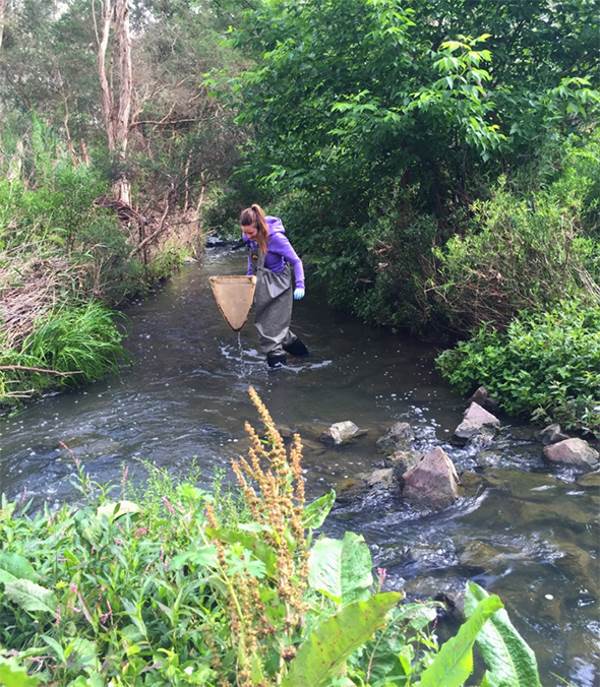
More and more polluted waters
The team sampled six streams of water in Melbourne, Australia, finding pharmaceutical compounds.
The drugs included antibiotics, antidepressants, antihistamines and NSAIDs. The sites under study were selected downstream of a waste water treatment plant and close to a national park. Aquatic insects and spiders were analyzed, and 66 to 69 pharmaceutical compounds were found in their bodies.
“Drug concentrations were higher in invertebrates collected downstream of wastewater treatment facilities or in densely populated areas. On average, the concentrations were 10 to 100 times higher than in less contaminated sites, ”the study reads.
Major predators are at risk
In the streams studied, the platypus and brown trout also feed on aquatic insects and therefore in synthesis they are endangered.
“A platypus living in a stream is literally addicted to antidepressants by eating insects, for example. This intake is likely to have biological effects, ”explains Rosi.
But beware, the problem is not limited to Australia, but can occur in any river where there are no functioning and effective purification systems. Coupled with this is the fact that drug use is on the rise around the world.
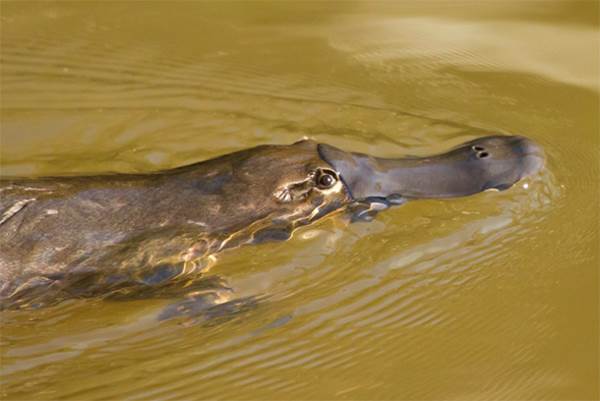
“We do not know the ecological consequences of exposure to this pollution. What happens to a platypus or trout with more than 60 drugs in the tissues? Are there synergistic effects? More research is needed on the extent of contamination of the food web and on the effects of these compounds on fish and wildlife, ”the experts say.
In the meantime though new consumers we can do our part, starting by cutting down on drugs if they are clearly not strictly necessary and then disposing of them properly, never throwing them down the toilet.
Read also:
- Pollution: drug residue alarm in rivers
- Drugged waters: in Milan the rivers are full of drugs and disinfectants
Dominella Trunfio
Gallery





